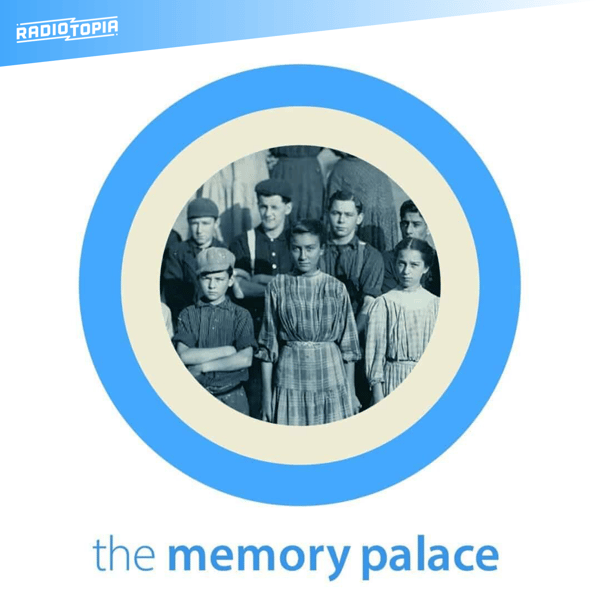Episode 139: 1,347 Birds
the memory palace
Nate DiMeo
4.8 • 7.2K Ratings
🗓️ 23 March 2019
⏱️ 8 minutes
🧾️ Download transcript
Summary
The Memory Palace is a proud member of Radiotopia.
Music
First up is Requiem from Nico Muhly's score to How to Talk to Girls at Parties.
November by Colleen.
Edward Hong's arrangement of Sleep from the Smoke and Mirrors Percussion Ensemble.
The solo version of Broad Channel by Bing & Ruth
Won't Be a Thing to Become by Colin Stetson and Sarah Neufeld
Notes
- Here's Shane Dubay and Carl Fuldner's study in the Proceedings of the National Academy of Sciences, including Fuldner's remarkable photographs.
Transcript
Click on a timestamp to play from that location
| 0:00.0 | This is the memory palace. I'm Nate Demet. |
| 0:05.1 | 1347 birds in drawers and boxes, dead and labeled with paper ID tags tied to their thin |
| 0:12.3 | ankles. They are horned larks and grasshopper sparrows, field sparrows, red-headed woodpeckers |
| 0:19.6 | and eastern tohies. The oldest of these, two tohies, black-winged and black-hooded with red |
| 0:26.4 | brown feathers flanking their white bellies. In the lark, a brown speckled male with streaks |
| 0:31.4 | of bright yellow framing its face. Have been in storage in natural history museums since |
| 0:36.1 | 1880. Lank flat, wings enfolded, chins up, beaks up, legs stretched out, looking like each could |
| 0:44.1 | be thrown like a dart. Specimen tags trailing behind like a banner from a plane circling over a |
| 0:49.2 | beach on the summer's day. The rest were collected in various fields and forests and town greens |
| 0:54.7 | and nature preserves in at least one shopping mall over the course of the falling 135 years. |
| 1:00.0 | Then a few years back, a couple of PhD students, Shane Dubra and evolutionary biologist and |
| 1:06.4 | Carl Fuldner, a photographer and art historian, opened up those drawers and boxes where those |
| 1:11.5 | birds were collecting dust. And I mean that metaphorically, these were well-capped museum specimens. |
| 1:17.9 | And the two men started collecting dust. And I mean that literally. |
| 1:23.8 | Their theory, and it was a good one, was that those five specific species of birds |
| 1:29.2 | could tell them about air pollution in five states between 1880 and 2015. Each of those species |
| 1:35.9 | has white bellies that can become discolored by soot and other particulates. Further, at least once |
| 1:42.3 | a year each of the species' molds and grows a new set of feathers. So if you looked at say specimen |
| 1:48.2 | 116522, a female horned lark collected at Getterspond in Ann Arbor, Michigan in 1949. |
| 1:55.3 | You know that the soot that still clings to that dead bird, that blackens her white feathers like |
| 2:00.3 | the face of a chimney sweep. Dates to 1949. So some of the black carbon put into the air by a |
| 2:06.8 | coal plant outside Gary Indiana in 1899, or a smelting factory on the Allegheny in 1922, |
... |
Please login to see the full transcript.
Disclaimer: The podcast and artwork embedded on this page are from Nate DiMeo, and are the property of its owner and not affiliated with or endorsed by Tapesearch.
Generated transcripts are the property of Nate DiMeo and are distributed freely under the Fair Use doctrine. Transcripts generated by Tapesearch are not guaranteed to be accurate.
Copyright © Tapesearch 2025.

